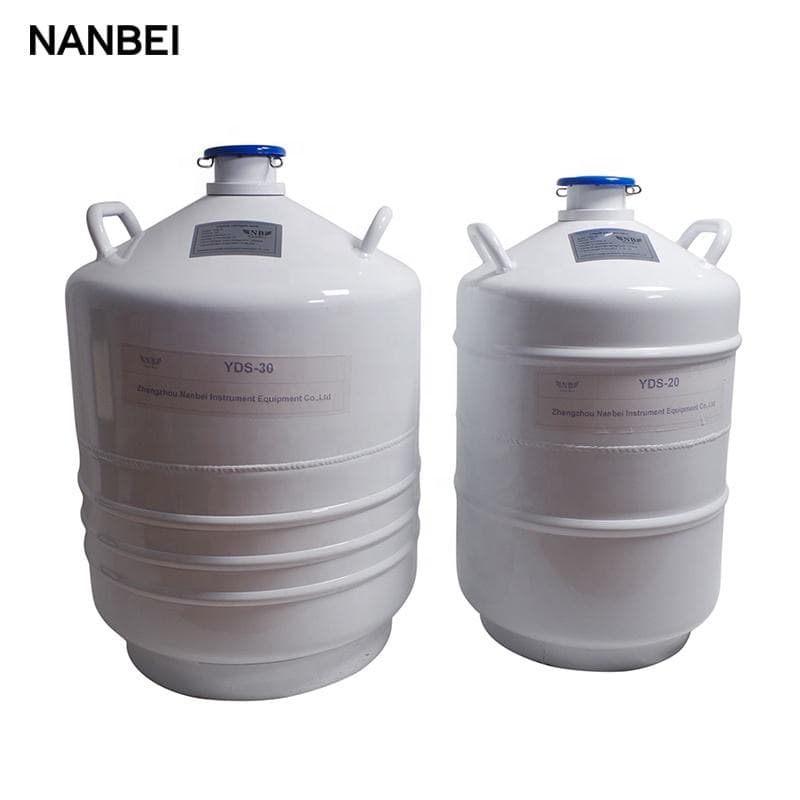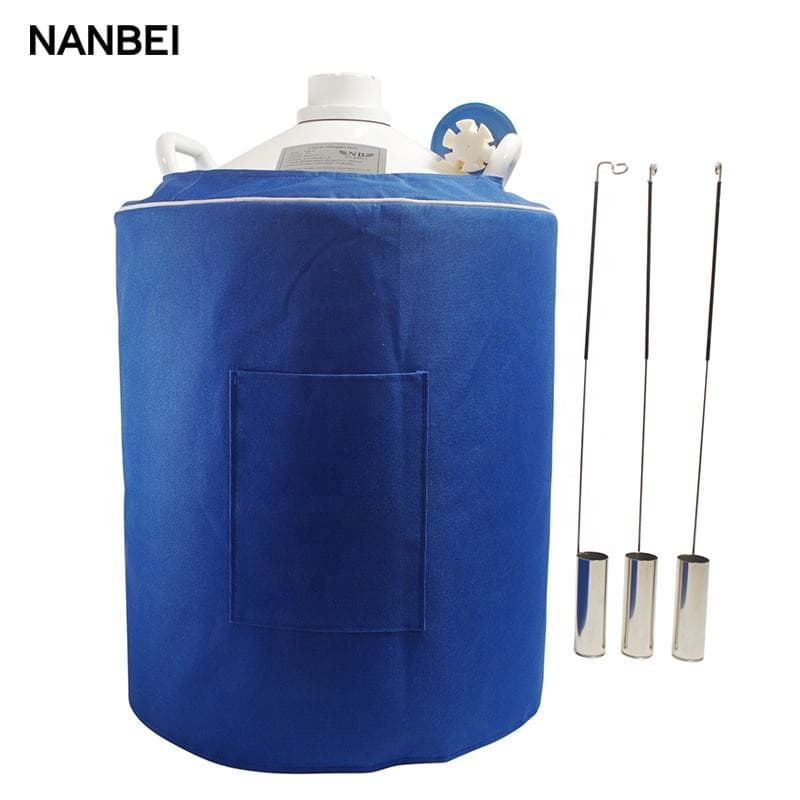-
 +8615890668062
+8615890668062
-
 bella@nanbei-china.com
bella@nanbei-china.com
 Mobile:+86 15890068607
Mobile:+86 15890068607
Liquid nitrogen tanks are commonly used in laboratories, hospitals, and other places. They are widely used in many fields by providing an ultra-low temperature environment. Liquid nitrogen tanks can generally be divided into two types: liquid nitrogen storage tanks and liquid nitrogen transport tanks.

Main Applications of Liquid Nitrogen Container:
I. Biomedicine and Genetic Resource Preservation
1. Biological Sample Preservation: Primarily used for the long-term preservation of certain biological materials, supporting disease diagnosis, regenerative medicine research, and the development of personalized medicine.
2. Animal Genetic Resource Preservation: Preserving genetic material such as animal semen and embryos, aiding the selection and breeding of superior breeds and the conservation of germplasm resources.
II. Industry and Metalworking
1. Cryogenic Treatment of Metals: Liquid nitrogen tanks improve the properties of metal materials through the cryogenic temperature of liquid nitrogen, extending the service life of some industrial components.
2. Precision Parts Assembly: Liquid nitrogen cooling is used to achieve part shrinkage and interference fit accuracy, and it is mainly used in precision manufacturing such as automobiles and ships.
III. Food and Molecular Gastronomy
1. Rapid Freezing and Preservation: Liquid nitrogen's ultra-low temperature rapid freezing technology preserves the taste and nutrients of food, primarily used in the storage and transportation of certain ingredients.
2. Molecular Gastronomy Applications: Used to make ice cream, frozen drinks, etc., with a delicate taste formed by instant freezing.

IV. Scientific Research and Electronics
1. Chip Cooling: Lower the operating temperature of semiconductor components to improve the stability of electronic devices.
2. LED Manufacturing: Assist in forming a uniform microstructure to improve luminous efficiency.
5. Special Scenes
Film and Television Effects: Simulate science fiction scenes, often used in filming.
Previous: No Information